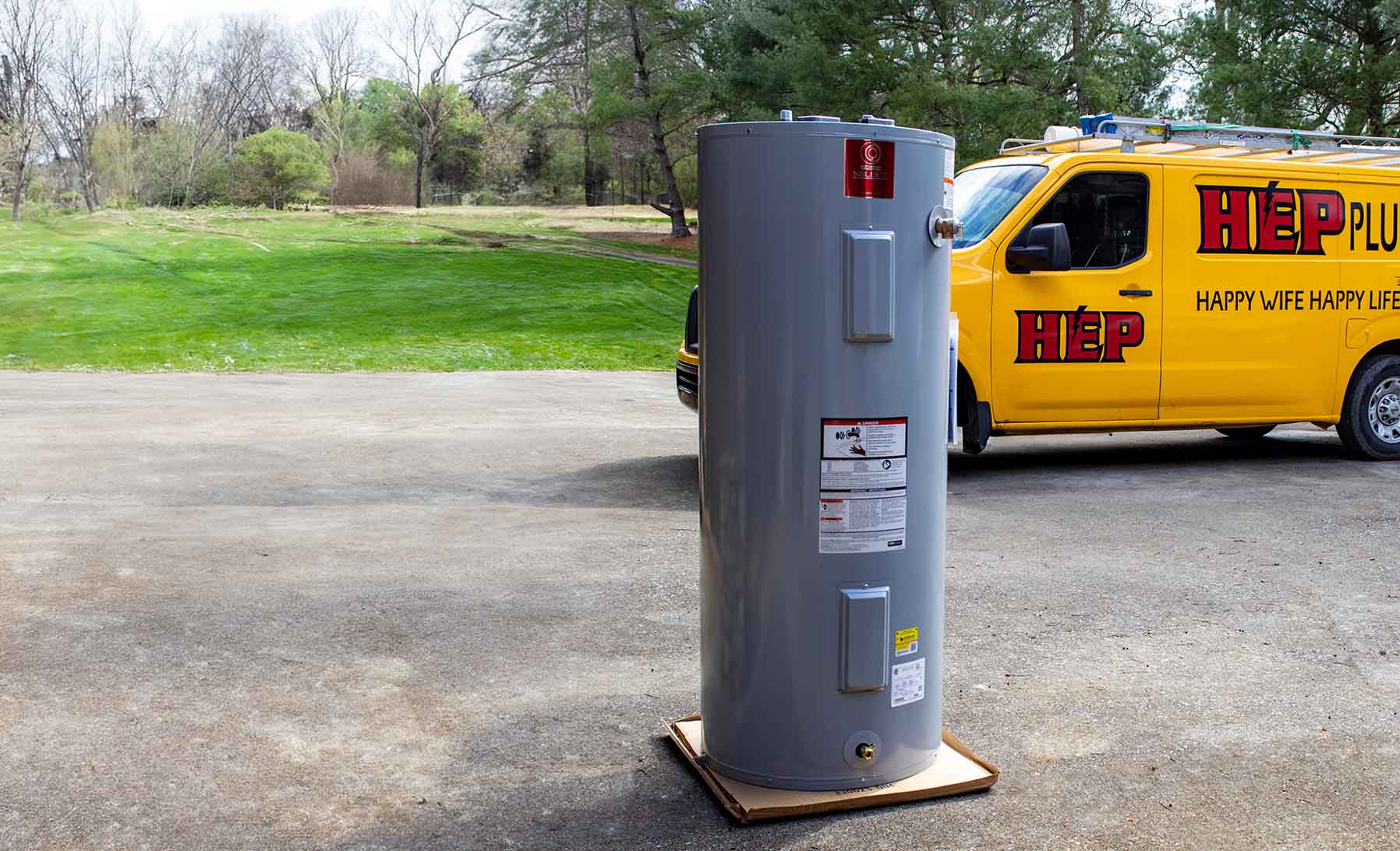

Water Heater Requirements
Your trusted partner for professional home services. Quality workmanship, guaranteed satisfaction.




- HEP
- Water Heater Requirements
Water Heater Requirements | Tank Water Heater | Plumbing | Palmer
Whether you’re thawing out after a day on the Matanuska River or tackling farm chores in Palmer’s crisp mornings, dependable hot water is non-negotiable. HEP’s seasoned plumbing team takes the guesswork out of state and local water-heater codes, sizing, and safety valves, delivering swift, tidy installations that keep your home running worry-free. From gas and electric models to energy-saving upgrades, we tailor every solution to your space—so you get the right heat, right when you need it.
Need maintenance, an efficiency check, or a full replacement of your aging tank water heater? Count on our licensed experts for transparent pricing, same-week scheduling, and clean job sites. We stock quality parts, haul away the old unit, and stand behind our workmanship with solid warranties, all so you can get back to enjoying hot showers and smooth laundry cycles without a second thought.
FAQs
What size tank water heater do I need for my Palmer home?
Sizing is based on the number of people, peak-hour hot-water demand, and your preferred recovery rate. In Palmer, most single-family homes use a 40- to 50-gallon gas or electric unit, which comfortably serves 3–4 occupants. Smaller households (1–2 people) can usually get by with a 30-gallon model, while larger families or homes with soaking tubs often step up to 60–80 gallons. Because winter groundwater temperatures in Palmer can drop below 40 °F, choosing a slightly larger tank or a unit with a higher input (BTU or kW) helps maintain consistent output temperatures during the coldest months.
Are any permits or code requirements involved when I replace a tank water heater in Palmer?
Yes. The City of Palmer follows the Alaska State Plumbing Code and the International Residential Code (IRC). A plumbing/mechanical permit is required for any replacement that alters piping, gas lines, venting, or electrical connections. Key local code items include: • A temperature-and-pressure (T&P) relief valve with a drain line terminating within 6 in. of the floor or to an approved receptor. • Dielectric unions when dissimilar metals (e.g., copper to steel) are joined. • Seismic restraints (straps in the upper and lower thirds of the tank) because Alaska is in Seismic Design Category D. • Proper combustion air and UL-listed venting for gas units, or a dedicated 30-amp circuit for most electric units. Your installer should pull the permit and schedule the final inspection with the Palmer Building Department.
How long does a typical tank water heater installation take?
A straightforward same-size replacement in an easily accessible utility room usually takes 2–4 hours, including draining the old tank, setting the new one, connecting water, gas or electric, and filling/purging air from the lines. If code upgrades are needed—adding a drain pan, extending venting, relocating the unit, or running new electrical—plan on 4–6 hours. New construction or conversions (e.g., moving from electric to gas) may take a full day because of additional piping and vent work.
What lifespan can I expect from a tank water heater in Palmer’s climate, and how do I extend it?
With Palmer’s relatively cold inlet water and occasional hard-water conditions, gas and electric tank heaters average 8–12 years. You can stretch that to 15 years by: • Flushing sediment from the tank annually or semi-annually if you notice cloudy water. • Checking and replacing the sacrificial anode rod every 3–5 years. • Insulating exposed hot-water lines and installing a water-heater blanket on older, non-high-efficiency models. • Maintaining proper water pressure (50–60 psi) and installing an expansion tank if your home has a closed plumbing system.
How much does it cost to install or replace a tank water heater in Palmer?
Prices vary with size, fuel type, efficiency rating, and any code upgrades. As a 2024 reference: • 40- to 50-gallon standard electric: $1,100–$1,600 installed. • 40-gallon atmospheric gas: $1,300–$1,900 installed. • 50-gallon high-efficiency condensing gas: $2,300–$3,000 installed. Add $150–$300 for required seismic straps, drain pans, or expansion tanks if not already present. Labor accounts for roughly 40 % of the total. Ask your installer about rebates from Matanuska Electric Association or Enstar for ENERGY STAR–rated units.
Do I need ongoing maintenance, and what services do plumbers offer after installation?
Yes—regular maintenance protects your investment and keeps the warranty valid. Most Palmer plumbing contractors offer: • Annual safety inspection (checks T&P valve, venting, gas pressure, and thermostat calibration). • Tank flush and anode-rod check to limit sediment and corrosion. • Emergency service for leaks, pilot-light failure, or element replacement. • Optional leak-detection sensors tied into smart-home systems, which can provide discounts on homeowners insurance. Scheduling a basic tune-up once a year costs about $120 but can postpone a premature replacement and maintain optimal efficiency.